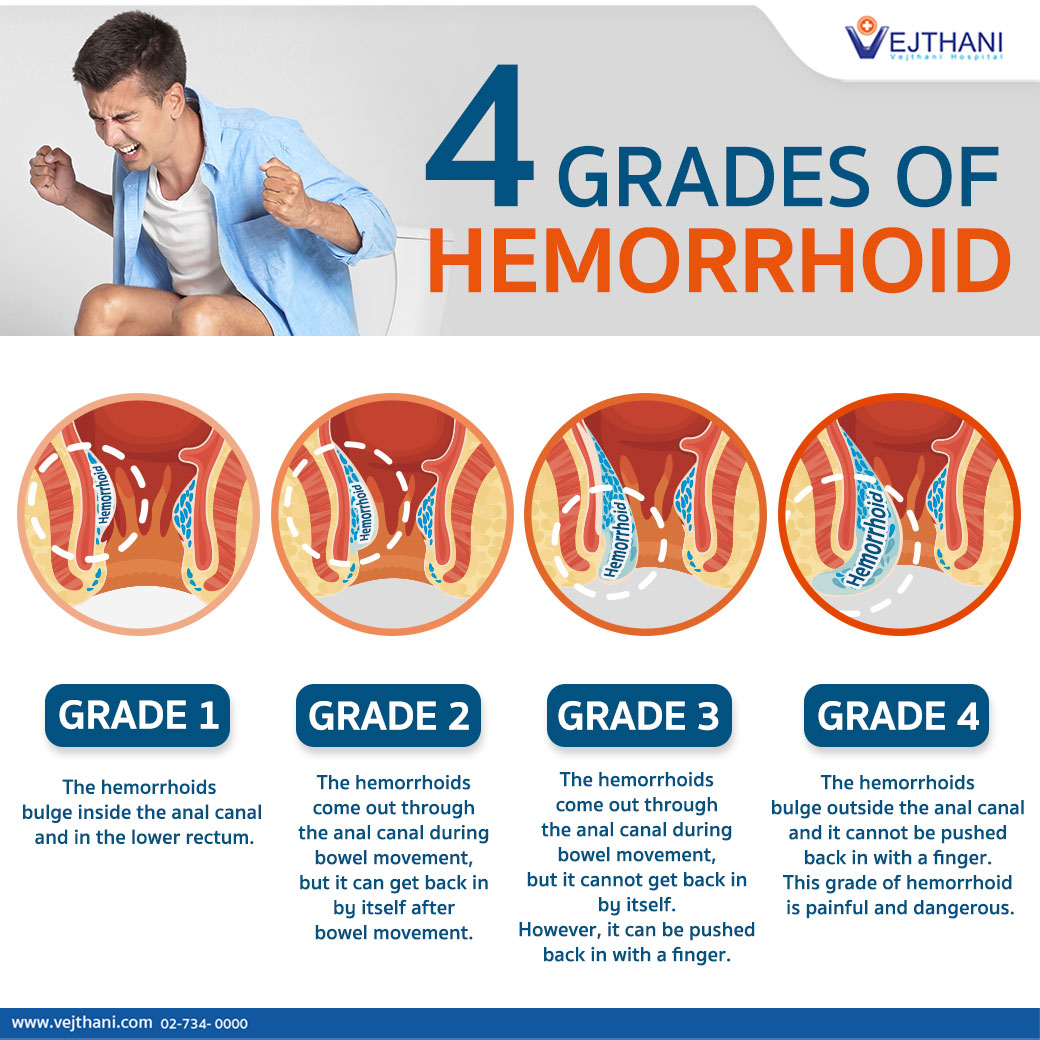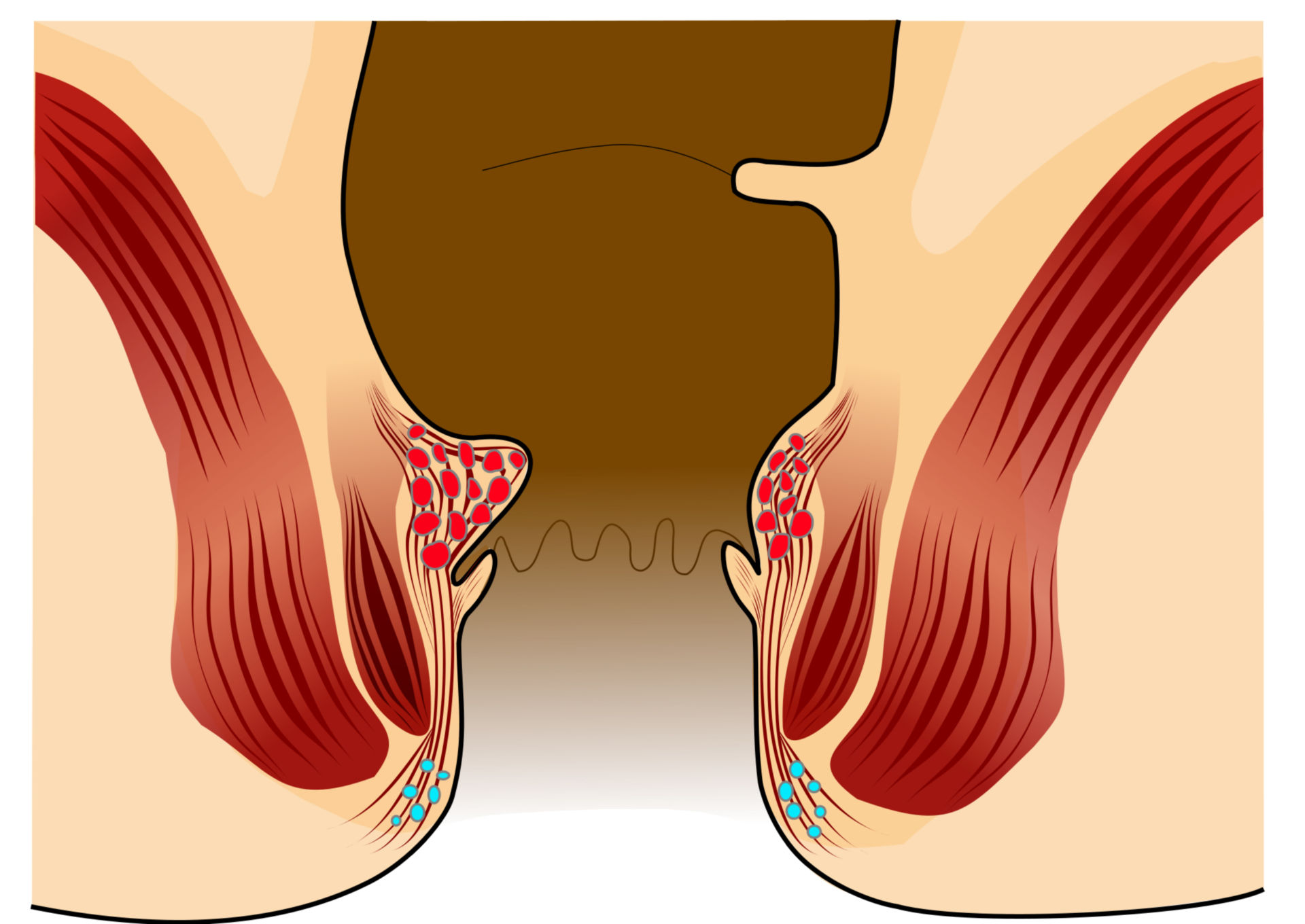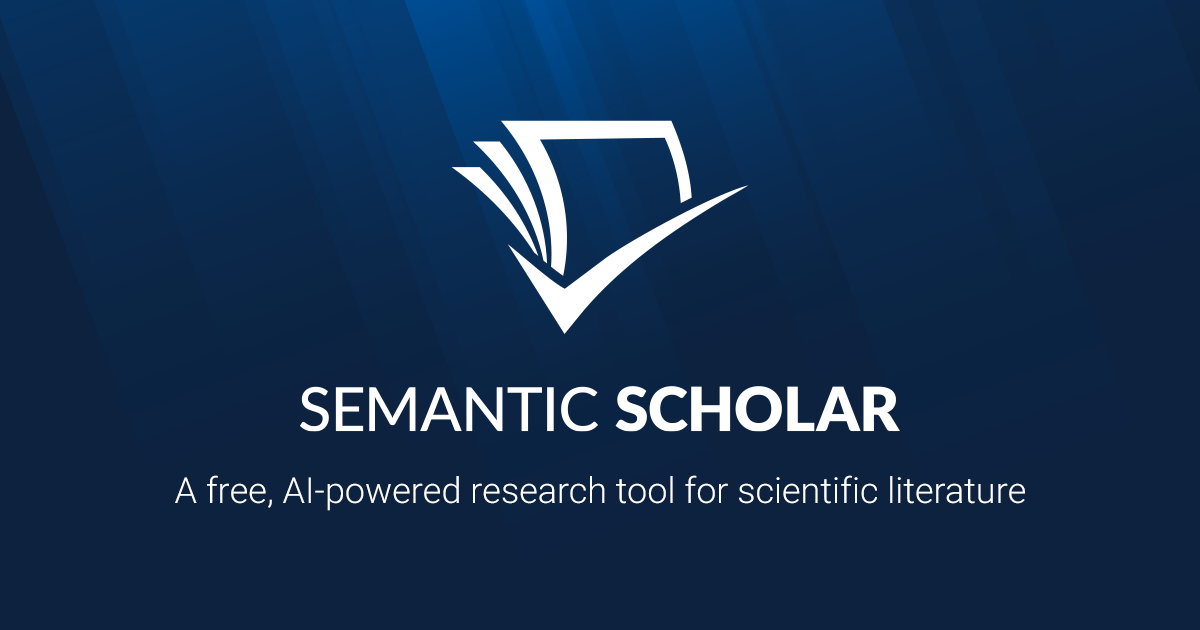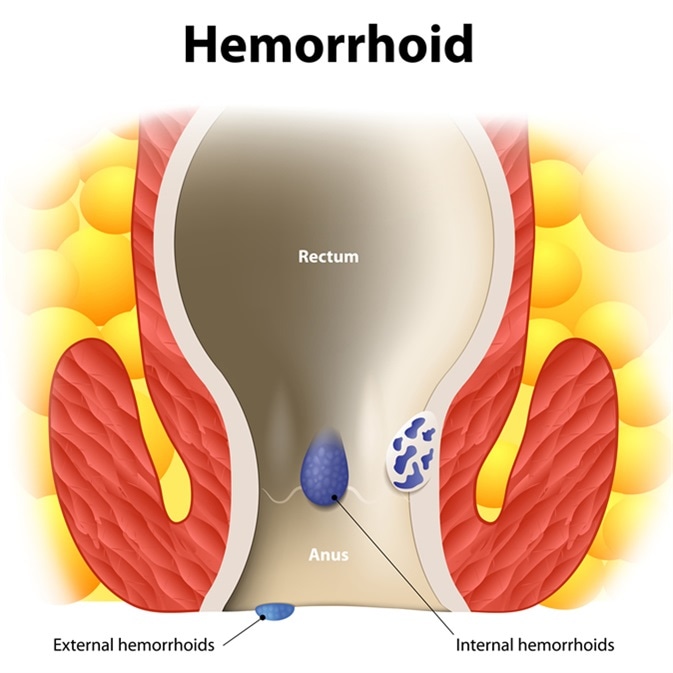
Hemorrhoid Grading System – Manhattan Gastroenterology
Hemorrhoids are a regular part of your everyday anatomy. They are clusters of venous structures in the rectal area. They acts like vascular cushions, protect the anal sphincter and aid closure of the anal canal during increased abdominal pressure.

Do you have hemorrhoids? How severe is your hemorrhoid? – Vejthani Hospital | JCI Accredited International Hospital in Bangkok, Thailand.
Internal hemorrhoids are graded into 4 different categories according to the severity of the disease. Grade 1 The hemorrhoids or the swollen veins bulge inside the anal canal and in the lower rectum. The main treatment options for this

GRADING OF INTERNAL HEMORRHOIDS
OpenMed is a free, open access compendium of image based NEET PG / FMGE / INI-CET educational resources.

THE HEMORRHOIDS GRADING SYSTEM GUIDE. HEMORRHOID GRADE SCALE 1, 2, 3, – REVIVOL-XR
Hemorrhoid Grade 1, 2, 3, 4 Hemorrhoid Grading System Stages of Hemorrhoids I II III IIII Grades of Hemorrhoids Grade 4 Hemorrhoids Grade 3 Hemorrhoids Grade 2 Hemorrhoids Grade 1 Hemorrhoids Hemorrhoids Size Chart Internal External Classification Prolapsed Skin Tag Fissure Treatment Treating hemorrhoidal disease

Hemorrhoids: Diagnosis and Treatment Options | AAFP
Many Americans between 45 and 65 years of age experience hemorrhoids. Hemorrhoidal size, thrombosis, and location (i.e., proximal or distal to the dentate line) determine the extent of pain or discomfort. The history and physical examination must assess for risk factors and clinical signs indicating more concerning disease processes. Internal hemorrhoids are traditionally graded from I to IV based on the extent of prolapse. Other factors such as degree of discomfort, bleeding, comorbidities, and patient preference should help determine the order in which treatments are pursued. Medical management (e.g., stool softeners, topical over-the-counter preparations, topical nitroglycerine), dietary modifications (e.g., increased fiber and water intake), and behavioral therapies (sitz baths) are the mainstays of initial therapy. If these are unsuccessful, office-based treatment of grades I to III internal hemorrhoids with rubber band ligation is the preferred next step because it has a lower failure rate than infrared photocoagulation. Open or closed (conventional) excisional hemorrhoidectomy leads to greater surgical success rates but also incurs more pain and a prolonged recovery than office-based procedures; therefore, hemorrhoidectomy should be reserved for recurrent or higher-grade disease. Closed hemorrhoidectomy with diathermic or ultrasonic cutting devices may decrease bleeding and pain. Stapled hemorrhoidopexy elevates grade III or IV hemorrhoids to their normal anatomic position by removing a band of proximal mucosal tissue; however, this procedure has several potential postoperative complications. Hemorrhoidal artery ligation may be useful in grade II or III hemorrhoids because patients may experience less pain and recover more quickly. Excision of thrombosed external hemorrhoids can greatly reduce pain if performed within the first two to three days of symptoms.

HEMORRHOID BANDING | AMD CLINIC | Johor Bahru
Hemorrhoid banding is a non-invasive technique to remove hemorrhoids. It can be performed as a out-patient procedure. It is simple and easy!

Haemorrhoid banding – Launceston Gastroenterology – Dr Scott Fanning
General information regarding endoscopic band ligation of haemorrhoids.
Hemorrhoid Treatments Dallas, TX | Hemorrhoidectomy Dallas, TX
Dr Laura Gallagher in Dallas, TX offers hemorrhoid treatments, hemorrhoidectomy, stapled hemorrhoidopexy and hemorrhoidal artery ligation.
Haemorrhoids (Piles) Symptoms, Advice & Treatment | Glasgow Colorectal Centre
Haemorrhoids (hemorrhoids) or piles are a common problem, affecting around 50% of people at some time in their life. Haemorrhoids are swellings in or around the anus and rectum that contain enlarged and swollen blood vessels.

THE HEMORRHOIDS GRADING SYSTEM GUIDE. HEMORRHOID GRADE SCALE 1, 2, 3, – REVIVOL-XR
Hemorrhoid Grade 1, 2, 3, 4 Hemorrhoid Grading System Stages of Hemorrhoids I II III IIII Grades of Hemorrhoids Grade 4 Hemorrhoids Grade 3 Hemorrhoids Grade 2 Hemorrhoids Grade 1 Hemorrhoids Hemorrhoids Size Chart Internal External Classification Prolapsed Skin Tag Fissure Treatment Treating hemorrhoidal disease

Internal Hemorrhoid Grades Color Vector Scheme Stock Vector (Royalty Free) 1122120344 | Shutterstock
Find Internal Hemorrhoid Grades Color Vector Scheme stock images in HD and millions of other royalty-free stock photos, illustrations and vectors in the Shutterstock collection. Thousands of new, high-quality pictures added every day.

Internal Hemorrhoids – Classification Grade l: … | GrepMed
Internal Hemorrhoids – Classification Grade l: • 1st-degree or primary hemorrhoids – normal or near-normal • Prominent vasculature with engorgement, …

File:Internal hemorrhoid grades.png – Wikimedia Commons

Do grade 2 and 3 hemorrhoids go away on their own? – Quora
Answer (1 of 9): Hemorrhoids is a disease of someone who drinks little water and eats minimal amount of or no fibers at all. This will cause the sufferer to sit for a long time on the toilet seat bearing down trying to push hard impacted small quantities of stool out. This will cause the Hemorrho…
![Table 1: Grading of Internal Hemorrhoids [12]. - An Overview of Haemorrhoids (Bawaseer) with Surgical Interventions from Ancient to Modern Era](https://ai2-s2-public.s3.amazonaws.com/figures/2017-08-08/e68eff1d22013f951c8bbb517a032dbae931b4c0/3-Table1-1.png)
Table 1 from An Overview of Haemorrhoids (Bawaseer) with Surgical Interventions from Ancient to Modern Era | Semantic Scholar Semantic Scholar Semantic Scholar
Table 1: Grading of Internal Hemorrhoids [12]. – An Overview of Haemorrhoids (Bawaseer) with Surgical Interventions from Ancient to Modern Era
HAEMORRHOIDS
What is piles ? Piles are swellings or swollen haemorrhoids that occur inside and around the anus, and along the anal canal. Haemorrhoids are masses, clumps, cushions of tissue full of blood vessels, support tissue, muscle and elastic fibers in the anal canal.

Hemorrhoids Grade I – DocCheck
DocCheck
UpToDate
{{configCtrl2.metaDescription()}}
![Home and office treatment of symptomatic haemorrhoids Home and office treatment of symptomatic haemorrhoids Bleday R, Breen E. UpToDate 2022; [cited 10 March 2022]; Available from: www.uptodate.com.NOTE: Passing the test multiple times will not lead to a higher grade or more CPD points.CPD Points: 2 Download PDF View Quiz Introduction Haemorrhoids are collections of submucosal,](https://smilesnopiles.co.za/wp-content/uploads/2021/05/Asset-1smiles-no-piles-shadow-logo.png)
Home and office treatment of symptomatic haemorrhoids – Smiles No Piles
Home and office treatment of symptomatic haemorrhoids Home and office treatment of symptomatic haemorrhoids Bleday R, Breen E. UpToDate 2022; [cited 10 March 2022]; Available from: www.uptodate.com.NOTE: Passing the test multiple times will not lead to a higher grade or more CPD points.CPD Points: 2 Download PDF View Quiz Introduction Haemorrhoids are collections of submucosal,
Hemorrhoids: Everything to Know | Gastroenterology Orlando
Hemorrhoids (also known as piles) are swollen, inflamed veins in your lower rectum and anus, similar to varicose veins. Read more about symptoms and treatment.
The Hemorrhoid Grading System | Hemorrhoid Grade 1, 2, 3, 4 – Hemorrhoid Treatment Options
Grade 1 – A hemorrhoid is present but only visualized by a doctor with endoscopy or colonoscopy. The hemorrhoid does not extend out the anus. Grade 2 – The hemorrhoid(s) extends out of the anus with a bowel movement or with straining. After your BM, the hemorrhoid goes back inside on its own. Gra

Hemorrhoid or piles
Here you can find the answer to any question about hemorrhoid or piles. types of hemorrhoids and the best way of hemorrhoid treatment.

Hemorrhoids: The Definitive Guide to Medical and Surgical Treatment – Consult QD Left Arrow Right Arrow email email
Heres a comprehensive review of how to diagnose and grade hemorrhoids, as well as how to select the appropriate medical or surgical treatment based on current clinical evidence.

[PDF] Hemorrhoid management in women: the role of tribenoside + lidocaine | Semantic Scholar Semantic Scholar
Tribenoside + lidocaine can represent a fast, effective, and safe option to treat hemorrhoids when conservative therapy is indicated, and it deserves consideration as a first-line treatment of this disease in clinical practice. Hemorrhoids are commonly reported in women. However, despite the high prevalence of hemorrhoids in women and the major impact of this condition on quality of life, specific evidence and recommendations on the treatment of hemorrhoids in women are scant. This paper reviews various options in current therapy for hemorrhoids in women—namely, medical intervention (topical and systemic drug therapy)—and discusses the available clinical evidence for an appropriate use of over-the-counter topical formulations for the symptomatic treatment of hemorrhoids. Its focus is on a medical preparation containing tribenoside + lidocaine, available as a rectal cream (tribenoside 5%/lidocaine 2%) and a suppository (tribenoside 400 mg/lidocaine 40 mg) and marketed under the brand Procto-Glyvenol® (Recordati, SpA, Italy). Given its rapid comprehensive efficacy on all the different symptoms of hemorrhoids, the tribenoside + lidocaine combination can find a place in the treatment of this hemorrhoidal disease. Importantly, its efficacy and tolerability have been formally evaluated in several well-conducted studies, some of which were specifically conducted in women. In particular, tribenoside + lidocaine can be safely administered in postpartum women and in pregnant women after the first trimester of pregnancy. In pregnant women, the tribenoside/lidocaine combination significantly improved both subjective and objective symptoms of hemorrhoids. Fast onset of symptom relief was reported from 10 minutes after administration, lasting up to 10–12 hours. On these bases, tribenoside + lidocaine can represent a fast, effective, and safe option to treat hemorrhoids when conservative therapy is indicated, and it deserves consideration as a first-line treatment of this disease in clinical practice.

Hemorrhoid – Wikipedia

Epidemiology of Hemorrhoids
Also known as a pile, a hemorrhoid is a swelling in the anal canal or around the anus with an enlarged blood vessel inside it. When tissue in these areas becomes swollen, possibly due to constipation and straining too much during a bowel movement, a hemorrhoid can develop. If the hemorrhoid becomes damaged, this can lead to pain and bleeding. Heavy lifting and other strenuous activities can also result in hemorrhoids.

How to Get Rid of Grade 4 Hemorrhoids – Flash Uganda Media
There are several ways to get rid of hemorrhoids, regardless of whether they are grade 2 or grade 4. Read more from Flash Uganda Media
Hemorrhoid Treatment Options | Grades I + II – Hemorrhoid Treatment Options
There are a few treatments for Grades I and II that are commonly used by doctors in their office. The most common is banding. When banding fails to solve the problems, try the minimally invasive surgical option of HAL/RAR.

Hemorrhoids: Diagnosis and Treatment Options | AAFP
Many Americans between 45 and 65 years of age experience hemorrhoids. Hemorrhoidal size, thrombosis, and location (i.e., proximal or distal to the dentate line) determine the extent of pain or discomfort. The history and physical examination must assess for risk factors and clinical signs indicating more concerning disease processes. Internal hemorrhoids are traditionally graded from I to IV based on the extent of prolapse. Other factors such as degree of discomfort, bleeding, comorbidities, and patient preference should help determine the order in which treatments are pursued. Medical management (e.g., stool softeners, topical over-the-counter preparations, topical nitroglycerine), dietary modifications (e.g., increased fiber and water intake), and behavioral therapies (sitz baths) are the mainstays of initial therapy. If these are unsuccessful, office-based treatment of grades I to III internal hemorrhoids with rubber band ligation is the preferred next step because it has a lower failure rate than infrared photocoagulation. Open or closed (conventional) excisional hemorrhoidectomy leads to greater surgical success rates but also incurs more pain and a prolonged recovery than office-based procedures; therefore, hemorrhoidectomy should be reserved for recurrent or higher-grade disease. Closed hemorrhoidectomy with diathermic or ultrasonic cutting devices may decrease bleeding and pain. Stapled hemorrhoidopexy elevates grade III or IV hemorrhoids to their normal anatomic position by removing a band of proximal mucosal tissue; however, this procedure has several potential postoperative complications. Hemorrhoidal artery ligation may be useful in grade II or III hemorrhoids because patients may experience less pain and recover more quickly. Excision of thrombosed external hemorrhoids can greatly reduce pain if performed within the first two to three days of symptoms.

Hemorrhoids: Causes, treatments, and prevention Medical News Today
Hemorrhoids, or piles, are common irritations around the rectum and can be extremely painful. Learn about what causes hemorrhoids, how to avoid them, home remedies, and when to see a doctor.

Treating hemorrhoidal disease: Conservative vs. surgical approaches | Digestive | UT Southwestern Medical Center Appointment Appointment Appointment Appointment Call Appointment Share via Facebook Share via Twitter Share via LinkedIn Share via Email Print this page Facebook Twitter YouTube
Hemorrhoidal disease affects about 10 million people per year in the U.S., but many people arent aware of the many effective treatment options that are available.
null
Frontiers | A Stepwise Proposal for Low-Grade Hemorrhoidal Disease: Injection Sclerotherapy as a First-Line Treatment and Rubber Band Ligation for Persistent Relapses
Outpatient treatments are actually the techniques of choice in the management of low-grade hemorrhoidal disease. Among these, rubber band ligation (RBL) and injection sclerotherapy (IS) are the most frequently performed. Both techniques are used, without one having been determined to be superior over the other. We analyzed the studies that compare these two techniques in terms of efficacy and safety in order to offer a proposal for treatment choice. RBL seems to be most efficient in terms of symptom resolution for second-degree hemorrhoidal disease and equal or superior for treatment of third-degree disease. However, IS offers lower rates of severe post-operative pain and minor complications. Since outpatient treatments are offered to patients as painless options that allow a prompt recovery, we propose a stepwise protocol using 3% polidocanol or aluminum potassium sulfate and tannic acid IS as the first treatment option, as it has less complications, followed by RBL in cases of relapse.

Piles in Male (Men): Symptoms, Causes, and Treatment – PharmEasy Blog
If you are experiencing pain, discomfort, and itchiness in the region near your anal opening. Piles are enlarged or swollen lumps.

Haemorrhoids – Classification – Management – TeachMeSurgery
Haemorrhoids are defined as an abnormal swelling or enlargement of the vascular anal cushions. They cause bright red rectal bleeding upon defecation, itching

Emerging Technology Session: ET002 ENDOSCOPIC INFRARED COAGULATION – YouTube
Elisabeth C McLemore, MD
Venixxa | Hemorrhoids – Hemorrhoidal Symptom Relief
Venixxa, a natural health product for relief of the symptoms of hemorrhoids. Click here to learn about the causes, symptoms, progression, and treatment options for hemorrhoids.

Are grade 4 hemorrhoids internal or external? Another thing: what grade is my hemorrhoids? I have external and I only feel pain when pooping and after pooping. I don’t bleed at all and I eat oatmeal everyday. Help me please. – Quora
Answer (1 of 2): I can answer your first question but for the rest you will have to consult your doctor. https://www.gothemorrhoids.com/hemorrhoid-grading-system

Hemorrhoid Clinic | Hemorrhoid Specialist Doctor | Hemorrhoid Surgeon
At Orange County Hemorrhoid Clinic, we are committed to providing you with rapid relief from hemorrhoids and related ailments with the help of a hemorrhoid specialist doctor. Call (800) 226-8750 to schedule your consultation for fast relief from a hemorrhoid surgeon.

Prolapsed Haemorrhoids – Symptoms, Causes, and Treatment – PharmEasy Blog
Haemorrhoids are enlarged, swollen veins in the area of your anal opening or lower rectum.

Conservative and surgical treatment of haemorrhoids | Nature Reviews Gastroenterology & Hepatology Close banner Close banner
Haemorrhoid disease is the most frequent proctologic complaint. The management of haemorrhoids has evolved rapidly during the past few decades. Here, the authors describe the current treatment options for the effective management of patients with grade I–IV haemorrhoids, presenting both conservative and surgical approaches. The management of haemorrhoids has evolved rapidly during the past few decades. Several new treatments have been proposed with the aim of reducing patients postoperative pain, time to return to normal life, risk of early and late complications, and recurrence rate. Although conservative treatment based on dietary and lifestyle changes can help the majority of patients, and rubber band ligation and phlebotonic drugs can effectively treat grade I and II haemorrhoids, surgery is required for the most advanced stages. Milligan–Morgan haemorrhoidectomy is considered to be the gold-standard approach for grade IV haemorrhoids. An increasing number of minimally invasive treatment options, including mucopexy with or without mucosal resection and haemorrhoid artery ligation, have now been proposed for the management of grade III haemorrhoids. These approaches aim to correct the underlying pathophysiological mechanisms involved in the aetiology of haemorrhoids. An increased risk of recurrence is the price to pay for these minimally invasive and less painful treatments, but the sparing of the sensitive anoderm and a rapid return to normal life without pain are greatly appreciated by patients. An algorithm for the management of haemorrhoids using evidence-based medicine is also presented here.

HEMORRHOIDS!!! — Christina N. Jenkins MD
Did you know you were born with hemorrhoids? What? Yes, you read that right. A hemorrhoid is a vascular cushion inside the anal canal and rectum. There are two different types, Internal and external. I w

